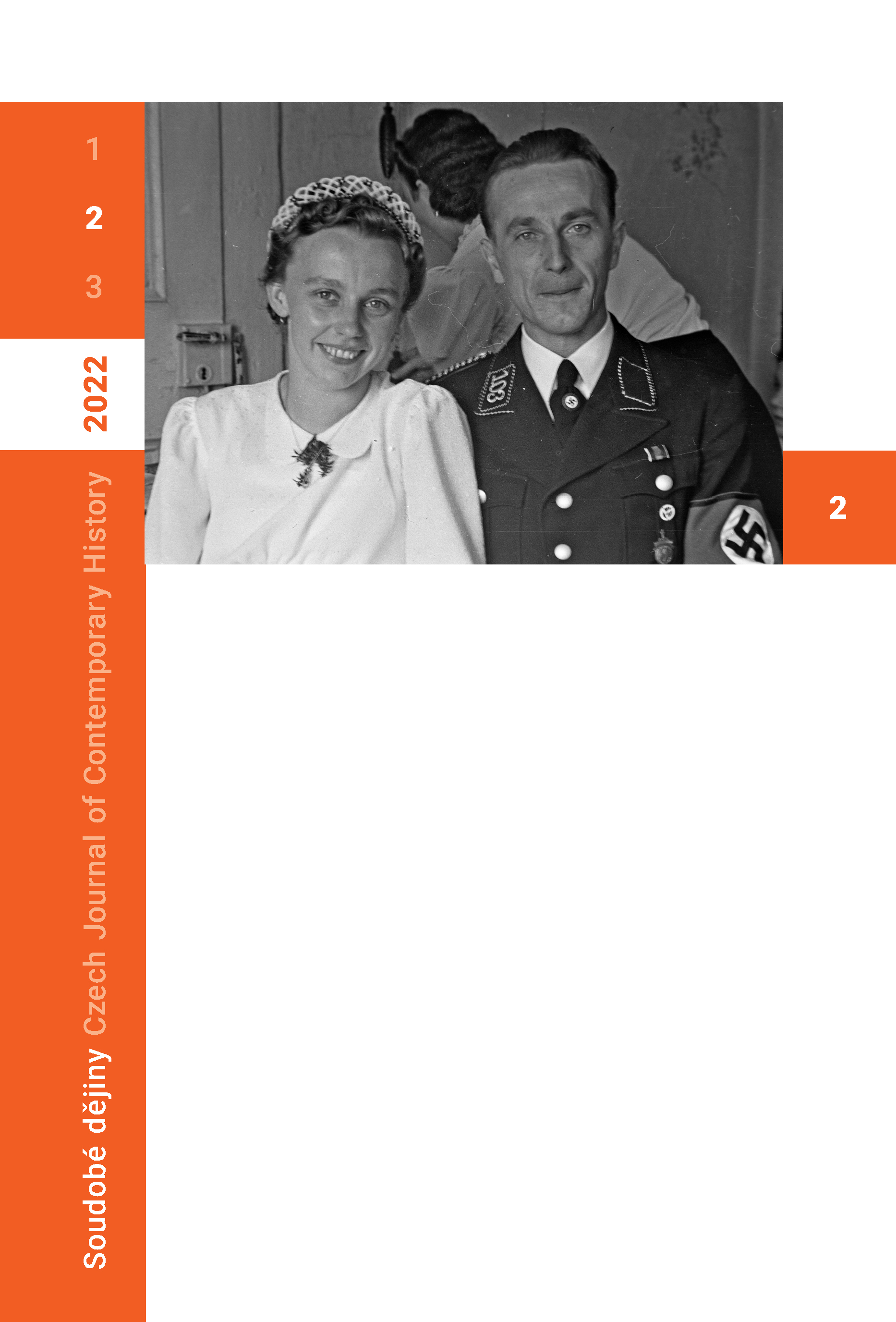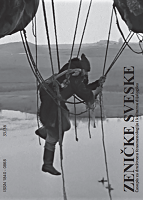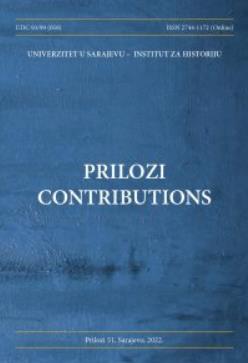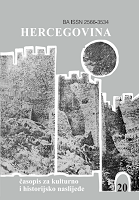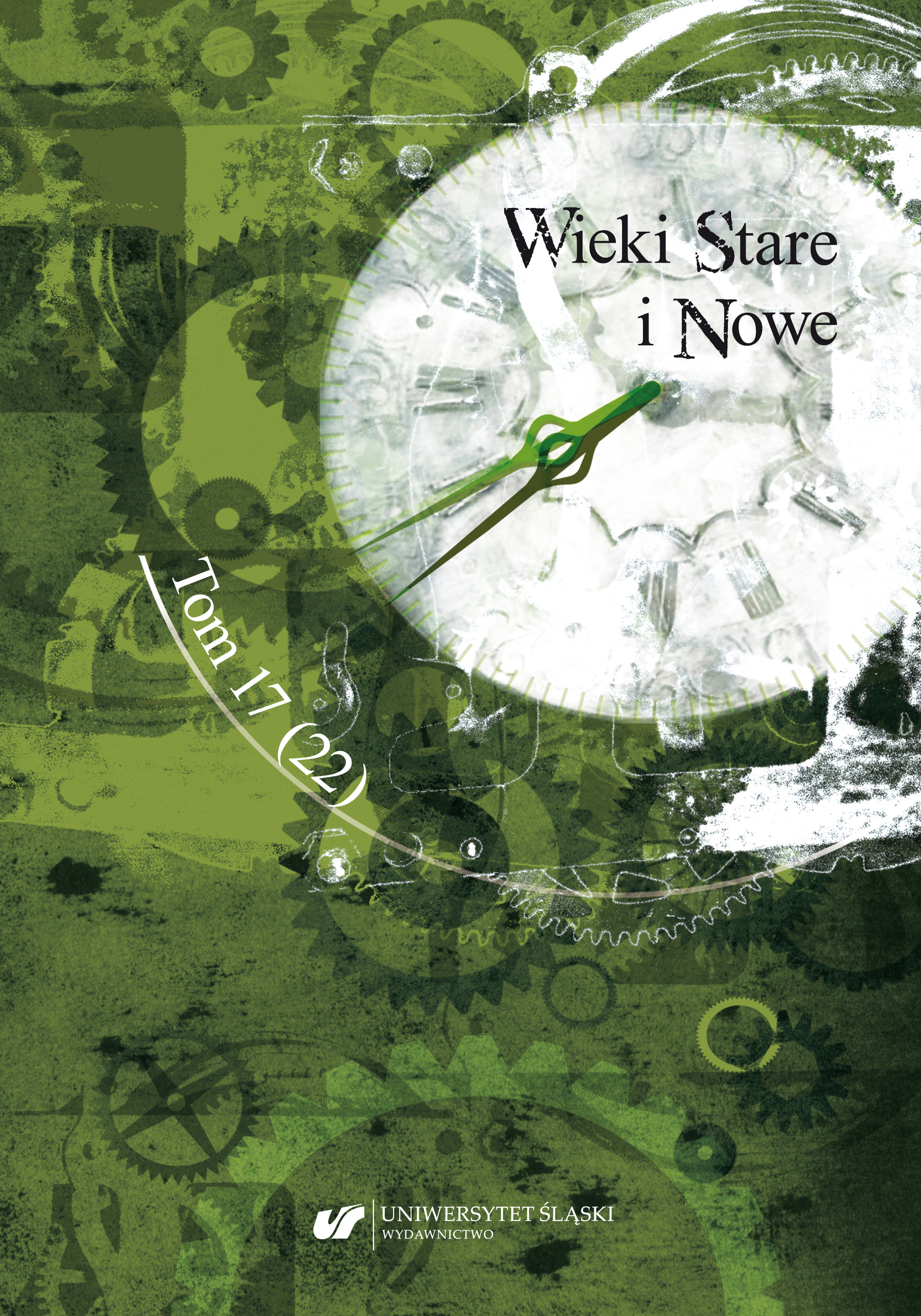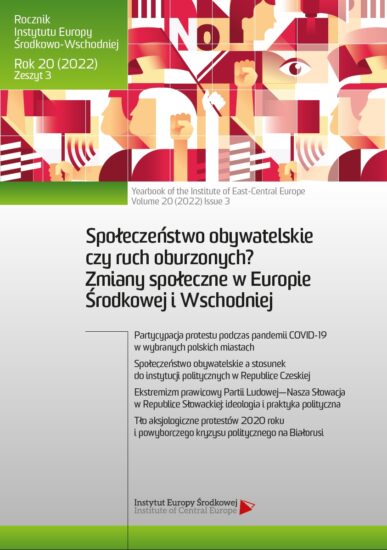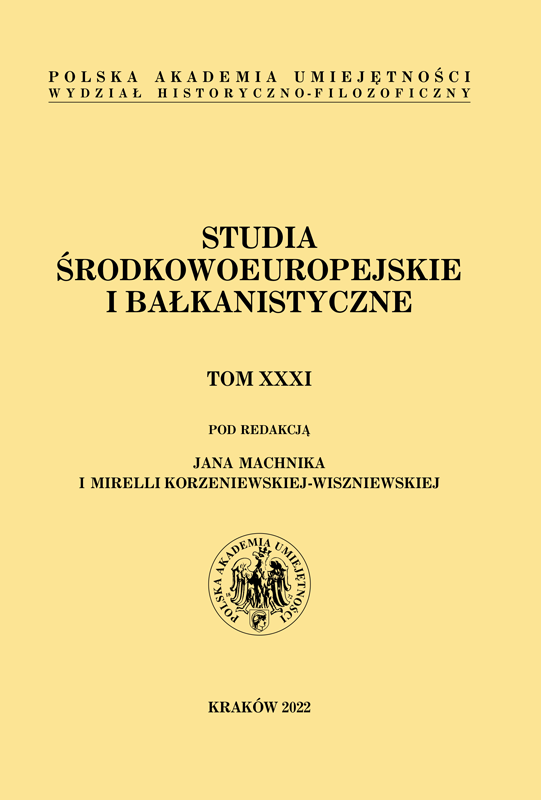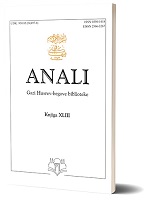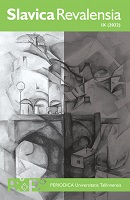Author(s): Kateřina Knopová,Tomáš Kocourek / Language(s): Czech
Issue: 17/2022
The study deals with the development of Brušperk, which lies in northeastern Moravia. The town was founded in 1267—1268 by the Bishop of Olomouc, Bruno of Schauenburg. Brušperk was located in the territory that belonged to the Olomouc bishopric and since the 14th century was a part of the Hukvaldy manor.
The first written mention of Brušperk comes from the founding charter of the town, which is, however, the medieval forgery. On the basis of other documents, we came to the conclusion that the dating of the founding document, namely 6 December 1269, is incorrect. The town was probably founded in prior to this date. Brušperk was founded as a town on the green land. Brušperk was the centre of jurisprudence for the surrounding villages: Fryčovice, Stařič, Paskov, and Stara Ves nad Ondřejnici. This area is delimited by the so-called Brušperk vikbild to which these villages belonged. The town of Brušperk was endowed with important privileges, such as the privilege called in Czech odumrť, the granting of which was very valuable to Brušperk. However, Brušperk was no exception; this privilege was granted by Bishop Mikulaš to most episcopal towns. The office of township reeve in Brušperk was most of the time hereditary and he was vassal of Bishop of Olomouc. The possibilities for where to conduct research in the future are still wide. In Brušperk itself, there is still a lack of detailed archaeological research in the city centre and its immediate surroundings, namely, the square, the cellars of old houses in the square, and the area around the church and the historic town centre. This archaeological research could bring new knowledge to the question of the fortifications of the town in the Middle Ages. Although the shape of the square has remained virtually unchanged since the Middle Ages, there is still the opportunity to learn, as no view or plan has been preserved from earlier times that the original appearance of the town would suggest (the oldest veduta Brušperka dates back to 1727).
More...

